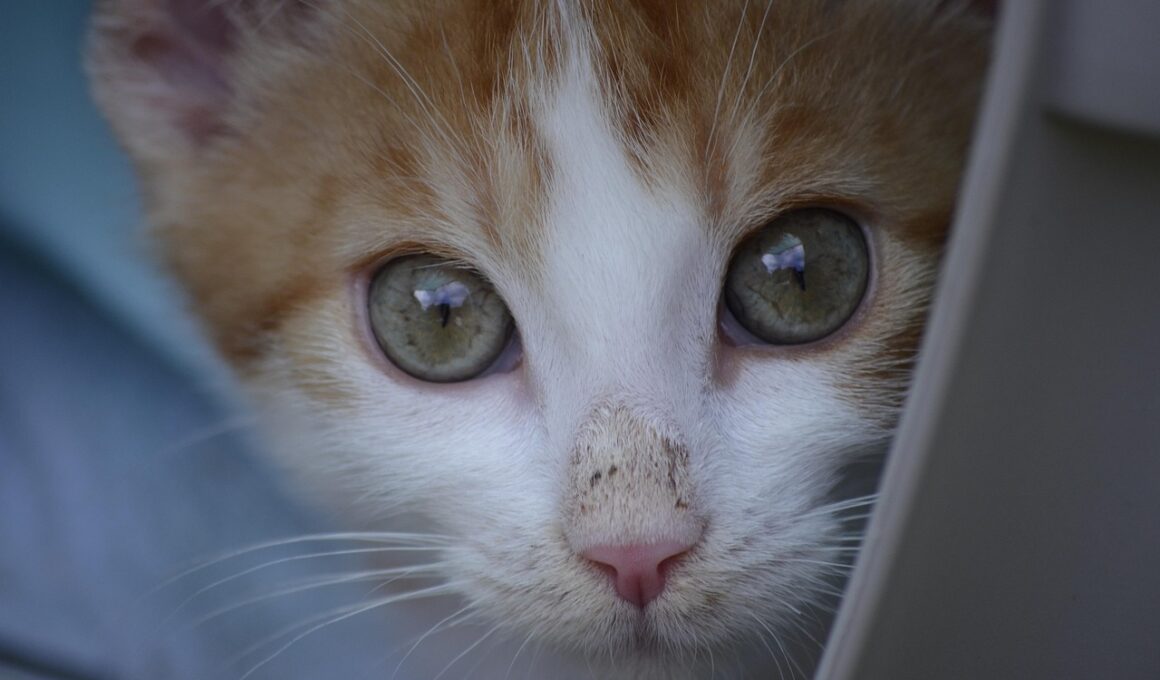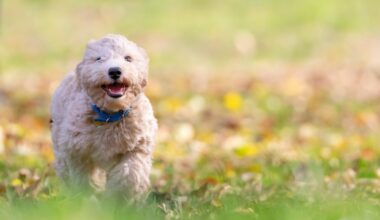Integrating TNR with Other Animal Welfare Initiatives
Trap-Neuter-Return (TNR) serves as an effective method for managing feral cat populations while preventing unnecessary euthanasia. By integrating TNR with other animal welfare initiatives, organizations can enhance their impact on communities. TNR’s primary objective includes neutering cats, which helps control population growth while allowing the animals to remain in their habitat. This approach mitigates the common issues surrounding unmanaged feral cat colonies, such as disease transmission and disruption to local wildlife. When combined with public education campaigns and food source regulation, TNR can significantly improve feline welfare. Community involvement becomes critical in these efforts, as education ensures residents understand the importance of TNR. Initiatives like low-cost clinic services facilitate easy access to veterinary care, enhancing community participation in these programs. By addressing the broader context of animal welfare, such as providing resources for cats, TNR implementations can create a sustainable model. This practice not only assists the cats but fosters a sense of responsibility within the community. As stakeholders cooperate, more comprehensive solutions can be developed that address the needs of both people and the feline populations they care for.
Collaboration Between Organizations
Collaborating with diverse animal welfare organizations amplifies the benefits of TNR. By pooling resources, knowledge, and experiences, different groups can form more effective strategies. Joint efforts can lead to increased funding for TNR programs, enabling more comprehensive outreach efforts and service provisions. It allows for shared training opportunities among volunteers, fostering better practices in humane trapping and care for cats before and after sterilization. Additionally, partnerships with local veterinary clinics ensure that volunteers are connected with professionals dedicated to animal welfare. This alignment can streamline care processes, from fostering to rehabilitation. When various organizations collaborate, their collective expertise fosters innovation in strategies to address feral cat populations more effectively. Website and social media campaigns from these varied groups can spread awareness about TNR, encouraging community interest and involvement in local efforts. Furthermore, data sharing among organizations can lead to more impactful evaluations of TNR outcomes. By consistently assessing the effectiveness of TNR within differing contexts, organizations can adapt and refine methods that provide optimal benefits for both cats and the surrounding environment.
Incorporating TNR initiatives with spay and neuter programs for owned cats enhances overall community cat welfare. Coordinated efforts can lead to decreased abandonment and therefore fewer feral cats in the long run. By addressing pet overpopulation together, TNR initiatives not only focus on the feral population but also encourage surrounding communities to properly care for their pets. Additionally, educational seminars can raise awareness about responsible pet ownership. These engaging sessions teach community members about the significance of sterilization, vaccination, and proper care. A multifaceted approach that combines community engagement with TNR helps mitigate future issues related to stray populations. The outreach can include distribution of flyers, social media posts, and community events where residents can ask questions. This proactive strategy ensures that residents feel empowered and knowledgeable about the implications of responsible pet ownership on local wildlife. The bonding between rescue groups and community members increases the likelihood of them participating in ongoing TNR efforts. By fostering a culture of understanding and compassion towards all animals, more sustainable, long-term solutions can be achieved.
Benefits for Wildlife
Integrating TNR with wildlife conservation initiatives proves essential for ensuring coexistence between feral cats and local ecosystems. Through research, it’s clear that unchecked feral cat populations can impact native species. A well-implemented TNR program helps to mitigate these effects by stabilizing cat populations over time. Collaboration with wildlife organizations can assist in addressing concerns surrounding predation on vulnerable species. Studies show that TNR not only decreases the number of feral cats but also helps increase community involvement in wildlife preservation. Education efforts can enlighten the public about the protocol for responsible pet ownership while minimizing risks to wildlife. TNR programs can implement strategies such as designing best practices for feeding outdoor cats. These strategies significantly reduce the potential for adverse interactions between cats and native wildlife. By fostering respectful dialogue among conservationists, cat advocates, and local residents, TNR can create pathways for a balanced ecosystem. There remains a vital need to continue evaluating the combined impact of feral cats and local wildlife to reinforce cohabitation schemes that work for all species involved in these ecosystems.
Implementing effective feeding programs is a crucial aspect of successful TNR initiatives. Feeding stations can be set up to ensure that feral cats receive proper nutrition while simultaneously controlling their population. Educating local residents on how to utilize these feeding stations responsibly helps reduce the likelihood of attracting new strays in the area. Responsible feeding practices, such as timed feeding and monitoring, contribute to the overall goal of stabilizing feral populations. These stations also aid in the monitoring of cats within a community, allowing organizations to evaluate their health and ease future trapping efforts. Furthermore, feeding programs can evolve into community outreach to engage residents, offering them a supportive role in cat care. Community engagement fosters the sense of shared responsibility over local cat populations. Supporting this initiative leads to increased awareness about the challenges feral cats face. Moreover, it builds a bridge for collaboration between feral cat advocates and organizations. By working together on feeding initiatives, parties can unite their efforts towards the larger goal of successful TNR projects that benefit both feral populations and the environment.
Measuring Success Through Community Involvement
To assess the success of TNR initiatives, community involvement becomes indispensable. Record-keeping in partnership with local residents can provide concrete evidence of a program’s efficacy. Engaging those in the community allows for real-time feedback on the changes they observe regarding cat populations. Collecting data on neutered cats, their health, and any behavioral changes can enrich the evaluation process. By tracking these metrics, organizations can identify areas of improvements necessary for more effective TNR collaborations. Volunteers fill a vital role, not only in TNR efforts but also in conveying the benefits back to the community. Their testimonies can educationally engage others by sharing success stories or methodologies that worked. Additionally, creating a feedback loop enables communities to voice their concerns or suggestions. Consistent communication strengthens relationships within the community. Collaboratively revising strategies based on resident input can lead to enhanced participation and programmings, allowing for ongoing evaluation. By keeping the community informed, organizations can build trust while fostering long-term commitment to TNR endeavors. Ultimately, this engagement creates healthier dynamics between residents and feral cat populations.
In conclusion, integrating TNR with other animal welfare initiatives forms a robust framework for addressing the challenges surrounding stray cat populations. This approach not only benefits feral cats but also positively impacts local communities and wildlife. Fostering collaboration among animal welfare organizations leads to innovative strategies and funding opportunities that support TNR. Community involvement is crucial for success; encouraging public education and resources encourages responsible ownership and practice. Together, TNR and various animal welfare efforts form a symbiotic relationship that promotes compassion for all. By effectively measuring outcomes and engaging residents, stakeholders can continue refining effective practices. Ultimately, enhancing community awareness leads to establishing sustainable, long-term solutions for feral cats. This ensures we maintain healthy animal populations while coexisting harmoniously with our natural surroundings. Through combined successes, communities can lead the way for future generations to ensure the protection of all animal species. As TNR programs evolve and expand, the foundation for a brighter future for feral cats is built upon collective care and responsibility. With continuous support, diligence, and compassion, significant strides can be made towards effective and humane feral cat population control.
Conclusion
This is the final paragraph with exactly 190 words…


